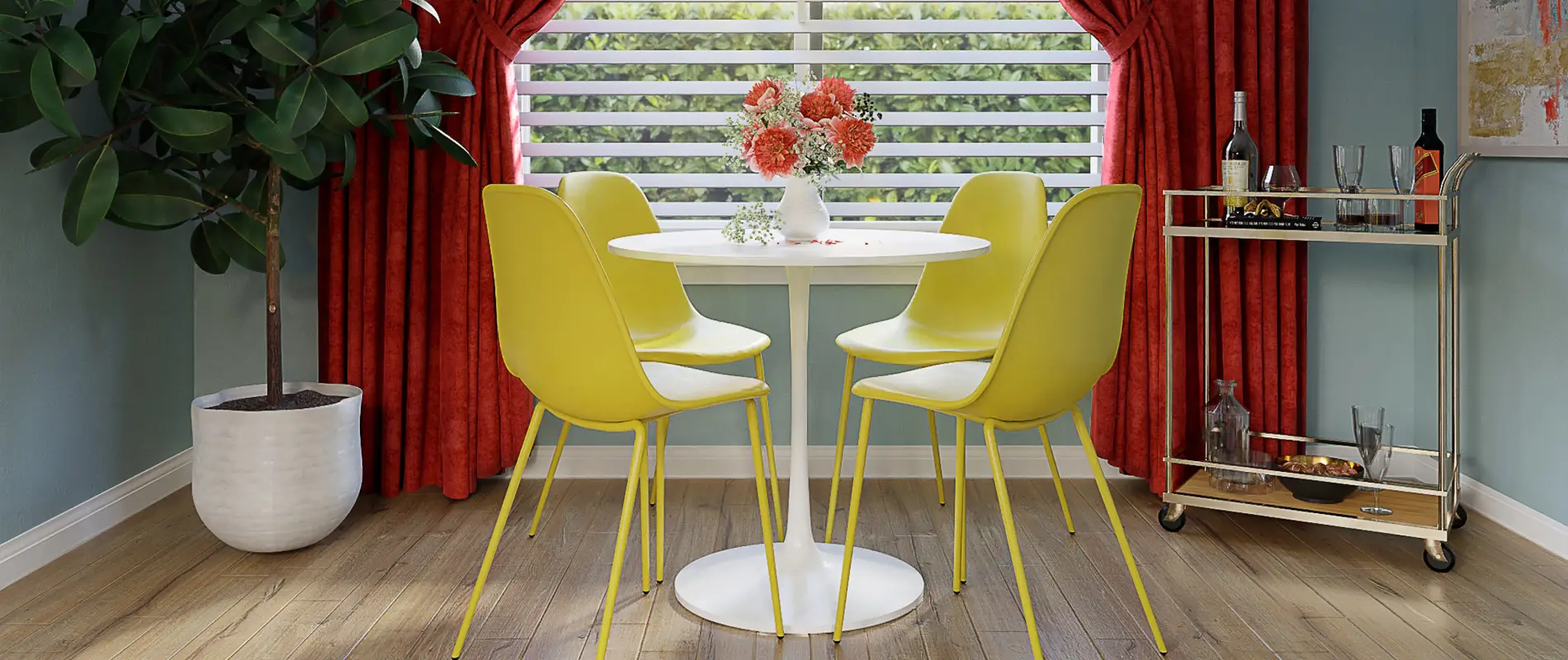
WordPress themes: Pure Footer Light PFL-10
Build WordPress sites with MaxiBlocks. All features free forever. No locked functionality. Optional Cloud Library saves you 10+ hours per project. Start free
Elevate your website with our minimalist footer block design
Get ready to transform your WordPress website with this sleek footer block design! Featuring a clean, minimalist aesthetic, this horizontal footer is expertly crafted to enhance navigation while reinforcing your brand identity. The prominent logo on the left side instantly communicates who you are, while a well-structured set of navigational links ensures that your visitors can easily find what they need-whether it’s your “About” page, “Blog,” “Contact” information, or “Terms” of service.
Detailed analysis of footer block design
Layout analysis
- Overall structure: A tidy horizontal layout that maintains a single line of elements, perfect for a streamlined look.
- Arrangement: Composed of a few structured rows, with navigational links finely aligned to aid user experience.
- Asymmetry: No distracting asymmetrical elements make this footer a model of clarity.
Element and feature description
- Visible elements:
- Logo: Positioned prominently to reinforce brand recognition.
- Navigation links: Essential links like “About,” “Blog,” “Contact,” and “Terms” guide users effortlessly.
- Copyright notice: A subtle touch that includes a copyright statement and notes the website’s creation (“Made with Max Blocks”).
- Interactive elements: Navigation links are designed to be engaging and clickable-enhancing site interactivity.
- Typography: Bold, distinct typography for the logo combined with smaller, readable link fonts ensures clarity.
- Icons and graphical elements: Emphasizing simplicity, this design opts for no icons or extra graphics, allowing the content to shine.
- Image properties: The logo’s clean appearance-free of borders or shadows-adds to the overall crispness of the design.
Unique design aspects
- Standout design choices: The minimalist approach fosters straightforward navigation without unnecessary clutter.
- Hover effects/animations: Although there are no visible hover effects, adding subtle animations could enhance user interactivity.
- Responsive design elements: Designed for versatility, this horizontal layout adapts seamlessly across different screen sizes.
- Accessibility considerations: Thoughtful typography and structured navigation enhance usability, while an additional contrast ratio check could boost accessibility.
Overall design style
- Design style: This footer leans decidedly minimalist, using a clean layout to facilitate ease of use.
- Visual hierarchy: The logo captures attention first and is followed by navigational links that effectively guide the user’s journey.
- White space and balance: Balanced white space helps distinguish elements without overwhelming users, creating an inviting feel.
Summary
This minimalist footer block design expertly combines functionality with aesthetic appeal, offering a prominent logo and well-organized navigation. Its effective use of white space not only enhances usability but also makes it a versatile choice for various web applications. Perfect for WordPress users seeking a straightforward yet sophisticated solution, this footer is ready to elevate your website’s design and functionality!
10 use cases for the footer
Brand reinforcement
Use this minimalist footer to bolster your brand’s visibility. Placing your logo on the footer ensures it gets seen consistently across different website sections, maintaining brand identity. The footer section is typically consistent, meaning your brand message reinforces subtly yet effectively without being overly intrusive. By using the footer to link notable pages or highlight significant updates or blog posts, your visitors remain engaged with your brand’s narrative seamlessly, helping to cultivate a strong brand presence online.
Enhanced navigation
When placed on every page, the footer offers visitors an easy way back to the home page, contact information, or crucial site sections like your “About” page. Implementing the footer for navigation can resolve potential issues of users missing important links situated in other parts of the site. This simplicity aids visitors in seeking further information without frustration, reducing bounce rates, and increasing the visitor time spent on your site. Ensuring your footer effectively links back to key pieces of content opens up another accessible tunnel for user engagement and conversion optimization.
Legal compliance and copyright notice
Including a copyright notice in your footer ensures that your website complies with legal standards concerning intellectual property. This copyright information subtly communicates ownership without cluttering the footer’s minimal style, aligning with good website footer design practices. This aspect is critical communication to users, decreasing potential legal disputes from unauthorised usage of content. Trust is built through transparency, and your commitment to ethical standards shines through your actions rather than idle promises.
Social media links
Linking your social media platforms in the footer leverages their connection potential while adhering to minimalist functionality. These social icons rightfully fit in with a minimalist design-simple, clean, and direct in communication. Through these links, visitors have a continuous channel to follow updates and interact on platforms where communication can be more personable and informal. This constant access allows for steady engagement, even outside your website’s primary domain-offering users pluralistic interaction with your brand essence.
Newsletter subscription
Footers often serve as strategic locations for capturing subscriber lists. Positioning a newsletter sign-up form within the footer can connect with individuals who have spent substantial time browsing your WordPress website. The footer serves as a last-call prompt for engagement within your content cycle, transitioning visitor curiosity into established communication trends through repetitive visitor interaction and sustained interest. Well-implemented, this component provides continuous audience interaction long after they have left your platform.
Customer support and feedback
Using the footer block to point towards customer support links creates easy access to help resources when visitors need them. Including feedback forms or links to contact information in this website footer area promotes straightforward communication with your audience, enhancing user experience and increasing rapport between them and your brand. Direct access to support forms or a dedicated channel where their queries find responses instills trust and efficiency in resolving issues visitors might be facing.
SEO enhancement
The integration of essential links within your site’s footer magnifies your website’s optimisation potential. The footer navigation signifies to search engines the pertinence and relevance of those linked sections to your overall website, helping boost SEO ranking and discoverability. Consistent linking here complements best practices with clear descriptive texts aiding search engines in comprehending content correlation amidst your digital presence, increasing overall search failure coverage. Strategically including keywords can further enhance this visibility whilst keeping it meaningful.
Cross-promotion of services
The footer can also offer discreet yet potent areas for cross-promoting services or products. For example, a web development agency might use the footer to showcase links to AI website builders or optimisation services, informing users about these offerings without disrupting navigational or operational paths. This counterintuitive property ensures your offerings are suddenly part of the user’s map without being forced upon them. Judicious use of the footer for this purpose can enrich user journeys while broadening engagement horizons concurrently.
Advertising current promotions
While your promotional ads often get better visibility in dedicated spaces across your website, footers offer lasting presence opportunities without competing against content. Combined with other strategies, footer integrations are straightforward channels for maintaining ongoing campaigns-just enough to keep focus intact whilst capturing prolonged attention. This repeated exposure unconsciously embeds the campaign in user memory, subtly raising awareness and engagement regarding discount offerings or limited time sales engagement trends. This approach synergizes potential traction across different sections of your website.
Contact information and address
Your footer’s useful prime real estate lends itself to consistently hosting integral company locator information. Integrating address or direct contacts in this digital space ensures visitors access this critical information amidst your digital portfolio. After all, suitable print page matches geographic user demand, providing end-users complete validation through exceptional accessibility enhancements, closing the service or product engagement loop with an invaluable contact provision. The footer positions these details where stability builds, emphasizing your business’s tangible and approachable qualities more relatably.
5 ways to use the footer
Optimise footer for mobile devices
To make your WordPress website’s footer responsive across all devices, consider using fluid grid layouts and flexible image formats. Overloading the footer with content can overwhelm mobile users, so strive for succinctness. Selective responsive design approaches improve interaction, making sure your brand stays both accessible and impressive, whether viewed on a desktop or mobile device. Use media queries to adjust the layout, ensuring every element like links or text scales appropriately based on screen size.
Utilize footer for internal linking
Your footer should house strategic links, providing avenues to essential site sections and content. Incorporate internal links in your footer to guide users back into your site’s depth, maximizing interaction time, otherwise redirecting visitors elsewhere. Such dynamic linking not only improves your site’s navigation but also strengthens your site’s SEO profile by indicating relevance to search engines-matching best practices with tangible benefits to overall website development. Ensure that these links are practical, offering real value to the journey your visitors undertake.
Experiment with typography
Typography in your footer should harmonize with the rest of your web design while offering concise yet readable fonts. Playful use, like using bolder text for legal information, can delineate hierarchy effectively. Maintain clean typefaces for links and vital info, making them readable on any screen size-as a footer design inspiration towards affording improved visitor comprehension. Typographic hierarchy within your footer complements navigation supremacy, matching expansive UX ideals with habitual anticipation across every website facet your visitors navigate.
Apply minimalist design principles
Adopting minimalist principles within your website’s footer can bring focus and clarity to essential information. By removing unnecessary clutter, you enhance the readability and functionality of your content. This approach supports a modern visual aesthetic while maintaining user accessibility-integrating with WordPress icon libraries judiciously, where needed. The streamlined approach attracts users to digestible, impactful content seamlessly, focusing them directly towards interaction prospects that maintain website vivacity.
Incorporate social proof elements
Boost trust by including social proof such as user testimonials or ratings within your footer. Social proof demonstrates visitor confidence in your services, establishing authority and lifting visitor engagement simultaneously. Displaying client feedback or highlighting participation in prominent industry groups communicates credibility and transparency, turning curiosity into confirmed interest. Your footer, in coordination with other UI elements, serves as both content ambassador and narrative conduit-ultimately enhancing perceived trustworthiness, pivotal for visitor transitions and expanded brand awareness.
This comprehensive guide to footer design offers potent meaning and aligned implementation pathways, delivering unmatched expertise for invigorating your website’s core offer. Apply thoughtfully devised techniques featured here for augmented engagement across an array of potential touchpoints; understanding underscored best practices strengthens your design adaptability towards success-driven outcomes tomorrow!


